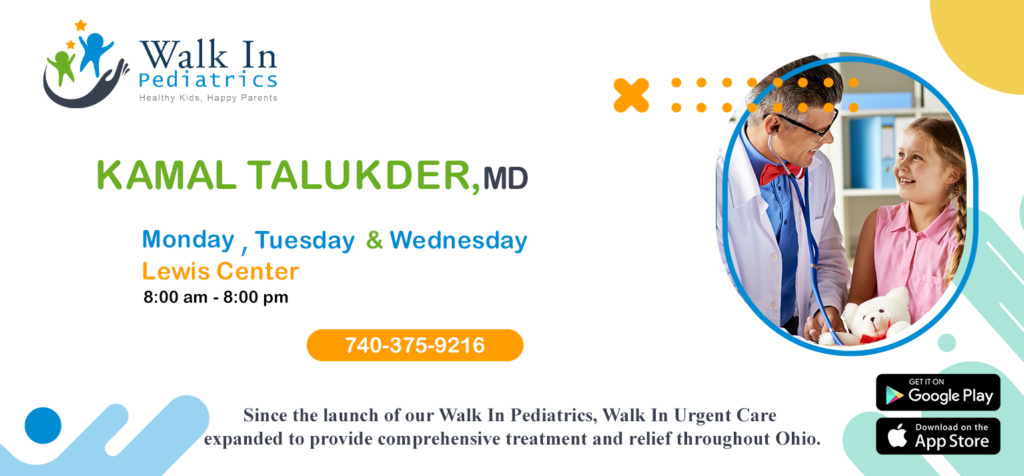
The varicella-zoster virus causes chickenpox, a common childhood illness. It is distinguished by a rash of itchy blisters that spreads throughout the body. Chickenpox is typically mild and resolves itself within a week or two. It can, however, be fatal, especially in young children and those with compromised immune systems.
Chicken pox vaccine
Getting your child vaccinated is the best way to protect them from chickenpox. The chickenpox vaccine is both safe and effective in preventing serious disease complications. The vaccine is administered in two doses, the first at 12–15 months and the second at 4-6 years. You can get the vaccine for your kids in the most convenient way by just visiting the Walk In Pediatric Care at your schedule.
Chicken pox rash
The chickenpox rash appears 10–14 days after being exposed to the virus. It usually begins on the face and chest before spreading to the rest of the body. The rash begins as small red bumps that resemble pimples or insect bites. The bumps quickly develop into fluid-filled blisters. Within a few days, the blisters ruptured and crusted over.
Chicken pox symptoms
In addition to the rash, chickenpox can cause the following symptoms:
- Fever
- Migraine
- Tiredness
- Appetite loss
- Muscle pain
- Throat discomfort
What does chicken pox look like?
The chickenpox rash appears as small red bumps that resemble pimples or insect bites. The bumps quickly develop into fluid-filled blisters. Within a few days, the blisters ruptured and crusted over.
Early-stage chicken pox
The rash is often difficult to identify in the early stages of chickenpox. It can manifest as small, red bumps that resemble pimples or insect bites. The bumps may be itchy as well.
Chicken pox in adults
Adults are more vulnerable to chickenpox than children. Adults are more likely than children to develop severe symptoms such as pneumonia and encephalitis. Adults are also more likely to experience chickenpox complications such as bacterial infections and scarring.
How long does chickenpox last?
Chickenpox usually lasts 7 to 10 days. Within 1-2 weeks, the rash usually scabs over.
Chickenpox treatment
Chickenpox has no specific treatment. The virus must be allowed to run its course. Treatment focuses on symptom relief and avoiding complications.
You can alleviate symptoms by doing the following:
- Give your child ibuprofen or acetaminophen as an over-the-counter pain reliever.
- Treat the rash with calamine lotion or cool compresses.
- Drink plenty of fluids to keep your child hydrated.
You can avoid complications by:
- Keep your child at home until the rash heals.
- Trim your child’s fingernails to keep them from scratching the rash and infecting themselves.
- Use lukewarm water to bathe your child and avoid harsh soaps.
- Dress your child in clothes that are loose and cozy.
- Getting medical assistance.
When should you see a doctor?
Visit your nearest Walk In Pediatric Care to consult a reliable physician if your child exhibits any of the following symptoms:
- A fever of more than 102 degrees Fahrenheit
- Severe rash that does not improve after a few days
- Raised rash that spreads to the eyes or mouth
- Breathing issues
- Drowsiness or confusion
- Infection symptoms, such as redness, warmth, or swelling at the rash’s site, or drainage from blisters
Chickenpox is a common childhood illness that usually resolves on its own. It can, however, be fatal in young children and people with compromised immune systems. Getting your child vaccinated is the best way to protect them from chickenpox.


